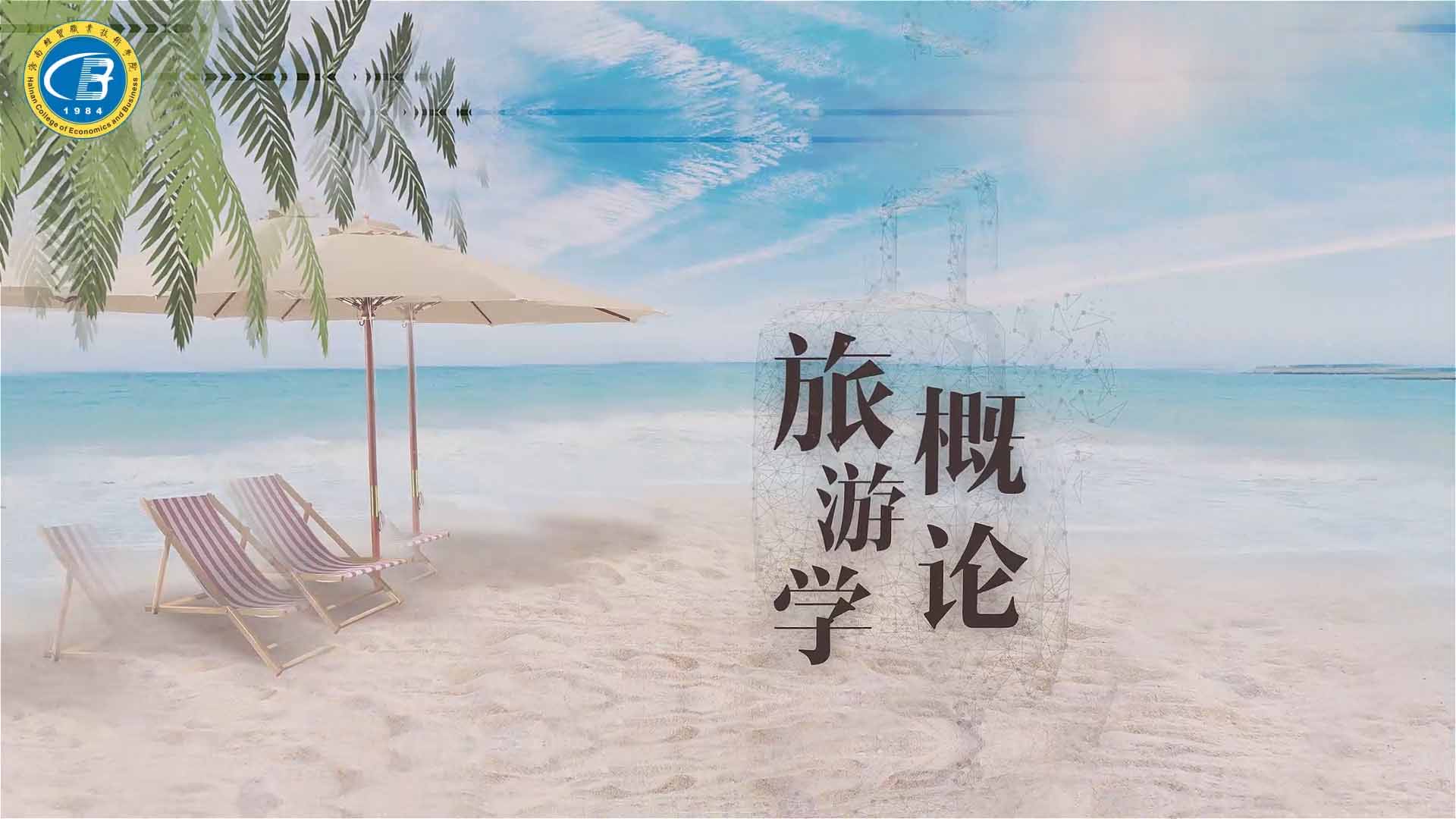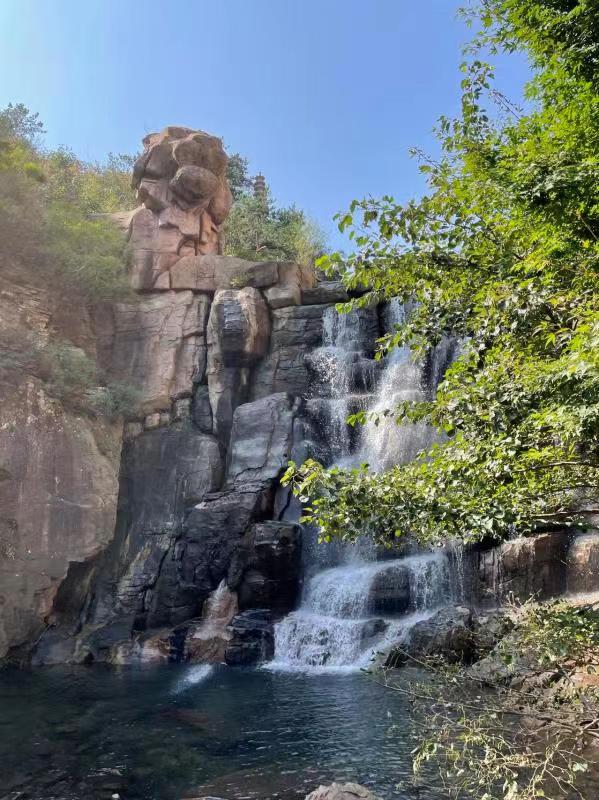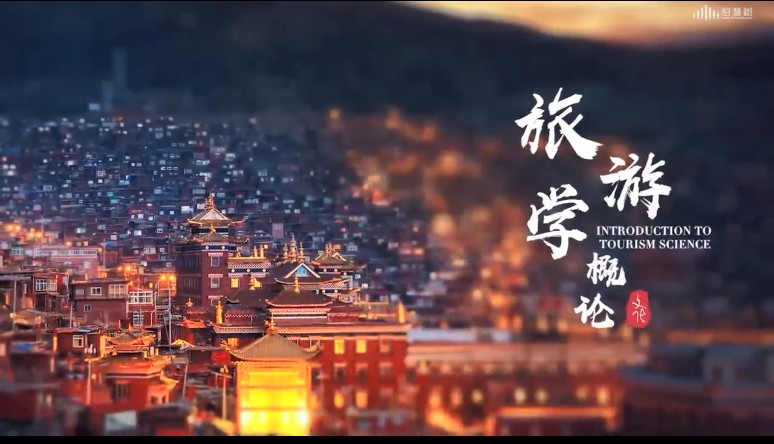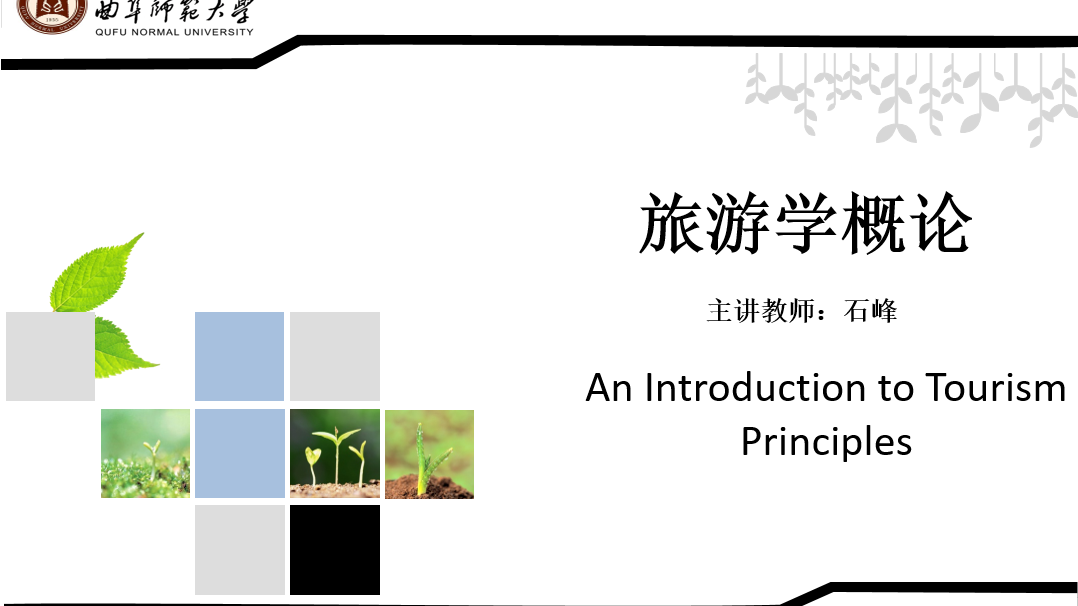第三章单元测试
- 国内旅游者指我国大陆居民离开其惯常居住地,去我国大陆境内其他地方旅行和访问,并在到访之地的住宿设施内停留至少一夜,最长不超过( )个月的国内游客。
- 消遣型旅游者的特点不包括( )。
- 个人旅游需求的产生与实现,至少需要同时具备的条件有( )。
- 闲暇时间的类型有( )。
- 与人们产生外出旅游动机的有关的需要有( )。
- 旅游动机的基本类型有( )。
- 依据旅游者的出游目的,将其划分为( )。
- 在我国入境旅游统计中,将入境游客分为入境旅游者和入境一日游游客。( )
- 拥有足够的可随意支配收入是一个人能够实现旅游需求所必须具备的首要物质条件。( )
- 根据帕洛格对旅游消费者心理类型的划分,一个人所属的心理类型距冒险型越近,外出旅游的可能性也就越小。( )
According to the “Rome Conference definition”, “International tourist can be divided into international tourist (overnight visitor) and “excursionist” (day visitor)( )
Based on the consideration of standardizing tourism statistics, the World Tourism Organization first divides all travelers into two parts, one part is tourists who should be included in tourism statistics, and the other part is travelers who cannot be included in the scope of tourism statistics.( )
- McIntosh, Goeldner and Ritchie (1995) utilize four categories of motivation ( )
A:1 B:3 C:12 D:6
答案:6
A:出游活动的季节性强 B:拥有较大程度的选择自由 C:对价格敏感 D:消费水平高
A:足够的支付能力 B:身体状况 C:外出旅游的动机 D:足够的闲暇时间
A:周末闲暇 B:公共节假日 C:每日闲暇 D:带薪假期
A:挑战自我和受人承认的需要 B:探新猎奇的需要 C:变化 D:社会交往的需要
A:社会交往的方面的动机 B:地位和声望方面的动机 C:文化方面的动机 D:身体方面的动机
A:因私事务型旅游者 B:消遣型旅游者 C:探亲型旅游者 D:因公差旅型旅游者
A:对 B:错
A:对 B:错
A:对 B:错
A:错 B:对
A:对 B:错
A:Status and prestige motivators B:Interpersonal motivators C:Physical motivators D:Cultural motivators
温馨提示支付 ¥3.00 元后可查看付费内容,请先翻页预览!







